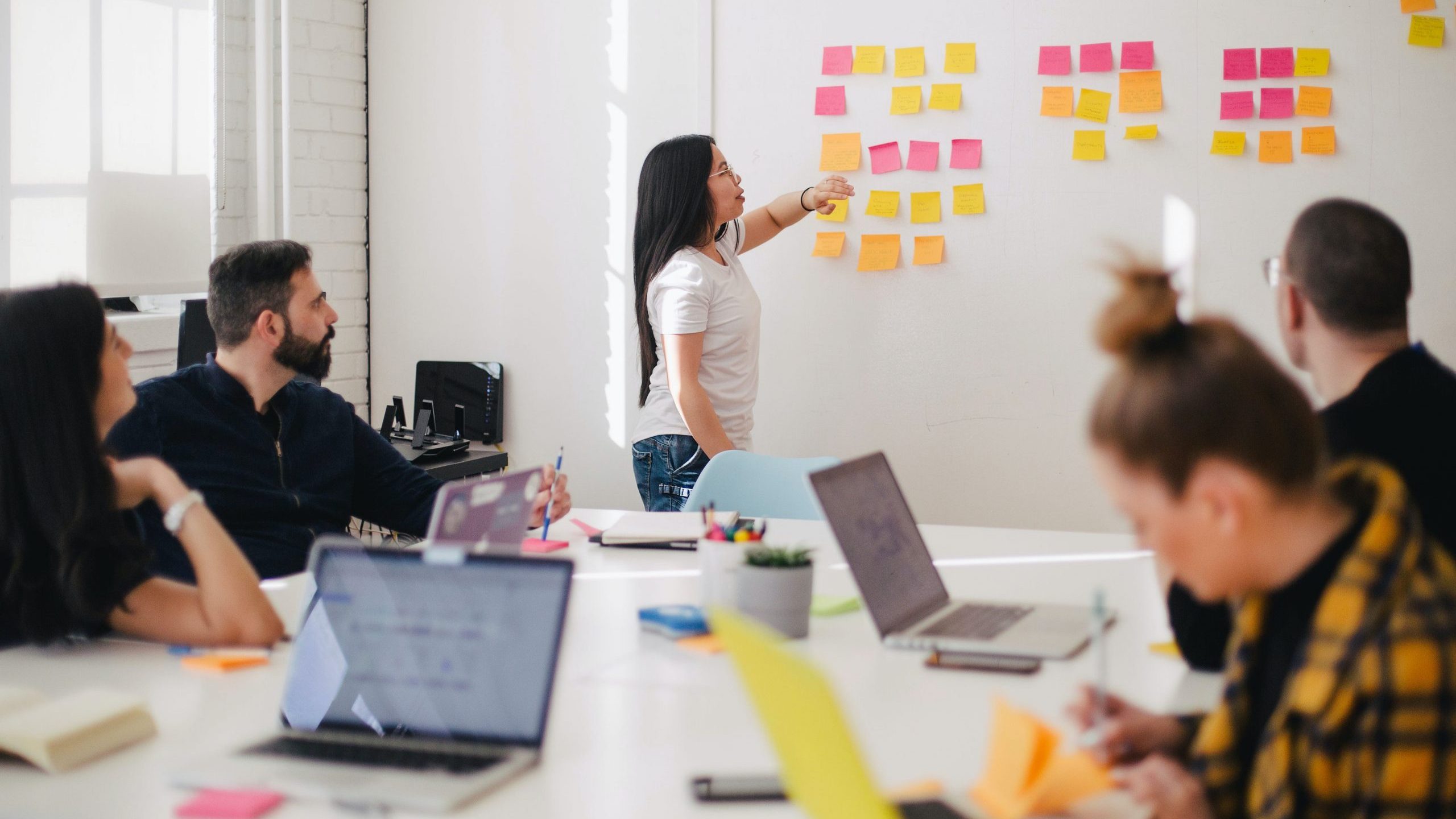Achieving exceptional design demands more than time and talent; it requires a focused goal, effective collaboration, and a structured design process. We specialize in tailoring this process to align with your product teams’ unique needs, offering comprehensive services for every step of the design journey.
With our expertise in User Experience Design, Visual Design, Information Architecture, Prototyping, User Persona Development, User Research, and Post-Launch Evaluation, we ensure a customized design process empowering your team to deliver user-centric solutions that drive success. Partner with us to revolutionize your product design for an unforgettable user experience.

Our design process improves product quality, enhances user satisfaction, and boosts market success.
Learn more about these services
We offer a range of design processes to help your organization develop a tailored approach.
- Research and Discovery: Conduct user research and market analysis to gather valuable insights into user requirements, behaviors, and objectives. This phase aids in recognizing possibilities and setting project goals.
- User Persona and Journey Mapping: Develop tailored user personas, that represent typical users, to foster empathy and understand their motivations and pain points. Map the user journey to help visualize the user’s interactions and touchpoints with the product.
- Information Architecture: Structure content and information to create a logical and intuitive flow. This includes defining navigation systems, content hierarchy, and labeling conventions.
- Wireframing and Prototyping: Work with your team to create low-fidelity wireframes and interactive prototypes to explore and test design concepts. This stage focuses on the layout, structure, and basic functionality of the user interface.
- Visual Design: Design visual elements such as colors, typography, imagery, and branding to enhance the aesthetic appeal and usability of your product.
- Usability Testing: Conduct user testing sessions to gather feedback and validate the usability and effectiveness of the design. This helps identify areas of improvement and ensures the design meets user expectations.
- Iteration and Refinement: Listening to feedback obtained from usability testing, iterate on the design to improve usability and address any identified issues or concerns. This iterative process ensures continuous improvement and alignment with user needs.
- Development Collaboration: Collaborate closely with developers to translate the design vision effectively into the final product. This involves providing design assets, specifications, and ongoing communication to ensure a smooth implementation.
- Post-Launch Evaluation: Assess the performance of the launched product and gather user feedback. This allows for further refinements based on real-world usage and user insights.
It’s important to note that the design process may vary based on the project scope, team structure, and specific organizational requirements. However, these stages provide a general framework for a successful UX design process.